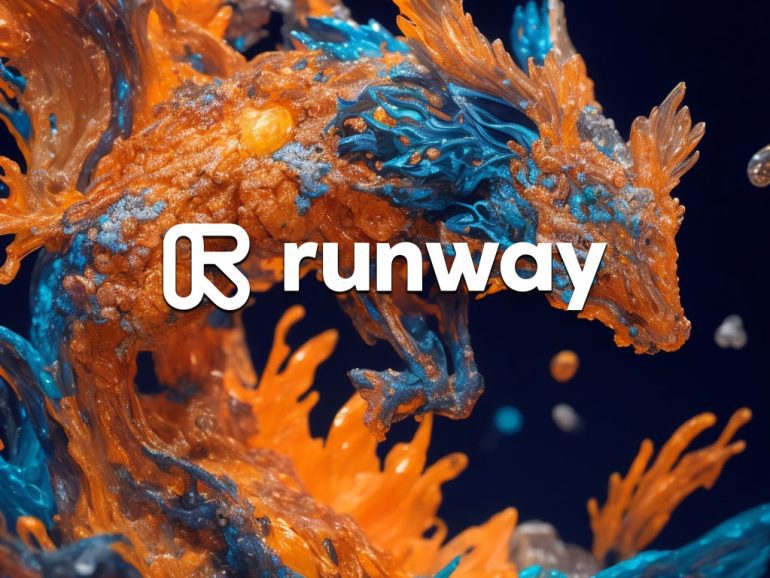- Runway AI Inc. is accused of using publicly available YouTube videos to train its AI video generation model.
- The company’s Gen-3 Alpha model, launched in June, is claimed by 404 Media to have scraped thousands of videos from popular YouTube creators and brands, as well as pirated films.
- Allegedly used content includes videos from channels such as The New Yorker, VICE News, Pixar, Disney, Netflix, and Sony, along with creators like Casey Neistat and Marques Brownlee.
- The leaked spreadsheet suggests specific video types were targeted for training, including those featuring rain, beaches, and medical scenarios.
- 404 Media’s claims imply that using such material for AI training might infringe on intellectual property, though legal precedents are unclear.
- Similar controversies have arisen with other tech giants, such as Anthropic PBC, Nvidia Corp., Apple Inc., and Salesforce Inc., regarding AI training data.
- Microsoft Corp. and OpenAI face lawsuits for allegedly using nonfiction content to train AI models.
Main AI News:
In the latest controversy in artificial intelligence training, video generation startup Runway AI Inc. is under scrutiny for allegedly using publicly available YouTube videos to train its AI video generation model. The company, which recently released its Gen-3 Alpha model capable of generating 10-second videos, is reportedly accused by 404 Media of scraping “thousands of videos from popular YouTube creators and brands, as well as pirated films,” based on an internal spreadsheet obtained by the outlet.
The spreadsheet purportedly reveals that Runway’s AI training involved content from prominent YouTube channels such as The New Yorker, VICE News, Pixar, Disney, Netflix, and Sony, as well as videos from creators including Casey Neistat, Sam Kolder, Benjamin Hardman, and Marques Brownlee. The data suggests the company targeted videos with specific subject matter, including rain, beaches, and medical scenarios.
404 Media’s claims imply that leveraging such material for AI training equates to infringing on creators’ intellectual property, yet this assertion remains contested. While AI’s use of copyrighted content may be ambiguous and legally untested, the argument hinges on whether AI’s assimilation of copyrighted material constitutes copyright infringement or merely draws on general knowledge.
Instances where Runway’s AI-generated videos are reported to bear resemblances to specific YouTube content, such as a skiing video and a racing car video, suggest that the AI model was prompted to replicate the originals, though results were not identical. This admission by 404 Media indicates that while similarities exist, they may not necessarily breach copyright laws.
The scrutiny surrounding Runway echoes a similar controversy from July 16, when companies including Anthropic PBC, Nvidia Corp., Apple Inc., and Salesforce Inc. faced allegations of utilizing YouTube video subtitles for AI training. Legal actions concerning AI training have also emerged, notably with Microsoft Corp. and OpenAI facing lawsuits for allegedly using nonfiction authors’ work to train their models. These cases highlight ongoing tensions and legal debates over AI’s use of publicly accessible content.
Conclusion:
The allegations against Runway AI highlight the ongoing legal and ethical debates surrounding the use of publicly accessible content in AI training. This scrutiny underscores a broader industry trend where the boundaries of intellectual property rights are being tested as AI technologies evolve. For the market, these controversies may prompt stricter regulations and increased legal challenges, influencing how companies approach AI training data and potentially shaping the future landscape of AI development and content usage.

